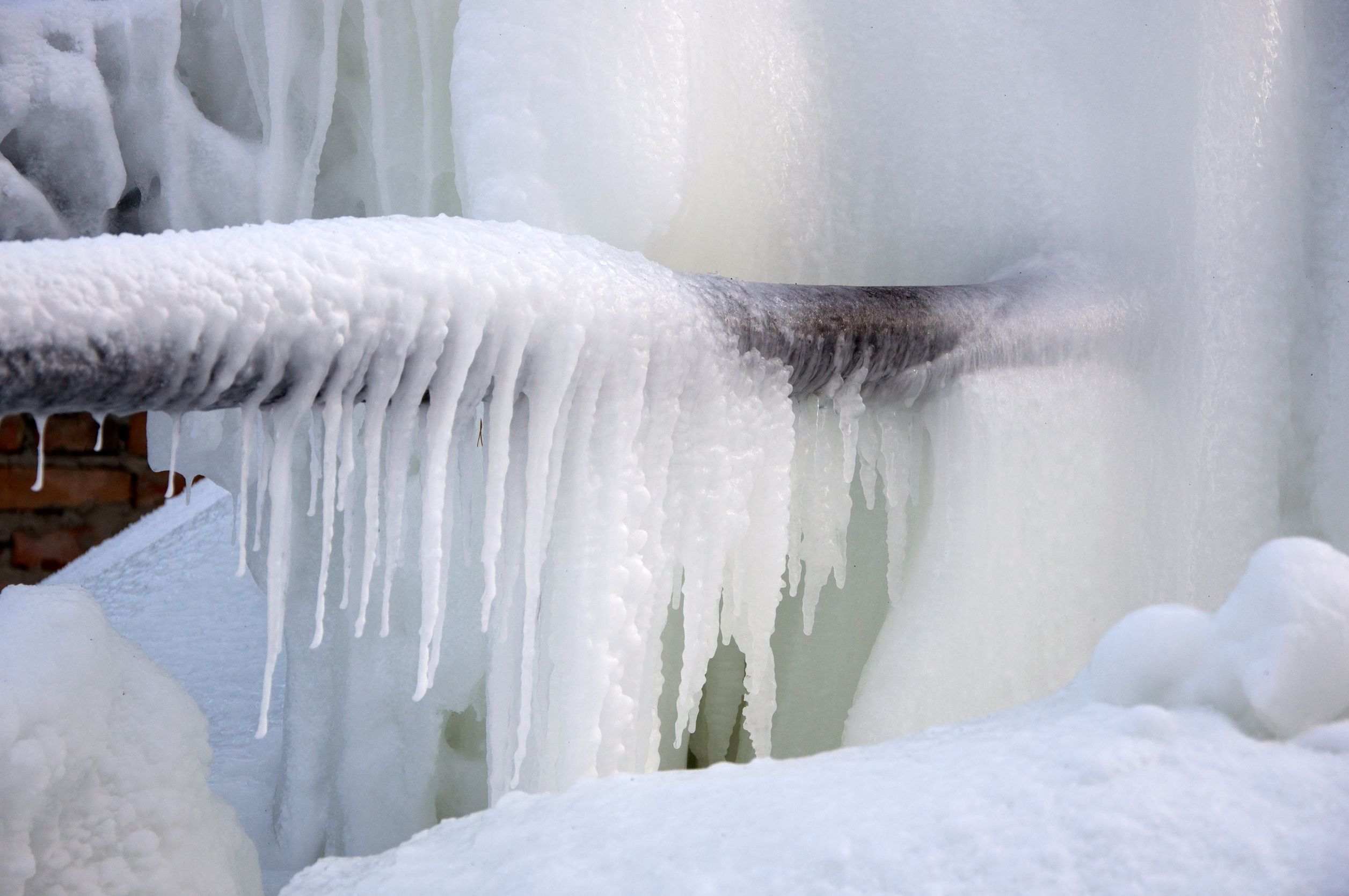Ways to Protect Pipes from Freezing Damage: Important Guidance
Ways to Protect Pipes from Freezing Damage: Important Guidance
Blog Article
We have encountered this article about Preventing and dealing with frozen pipes directly below on the net and figured it made perfect sense to quickly share it with you on my blog.

Cold weather can ruin your plumbing, specifically by freezing pipes. Below's how to avoid it from occurring and what to do if it does.
Intro
As temperature levels drop, the risk of icy pipes boosts, possibly bring about pricey repairs and water damage. Comprehending how to stop icy pipes is essential for home owners in cool environments.
Prevention Tips
Protecting vulnerable pipelines
Cover pipelines in insulation sleeves or make use of warmth tape to secure them from freezing temperature levels. Focus on pipes in unheated or external locations of the home.
Heating strategies
Maintain interior spaces effectively heated, particularly areas with plumbing. Open up cupboard doors to enable warm air to distribute around pipes under sinks.
How to determine icy pipelines
Search for lowered water circulation from faucets, unusual odors or noises from pipes, and noticeable frost on exposed pipelines.
Long-Term Solutions
Architectural changes
Think about rerouting pipelines away from exterior walls or unheated areas. Add extra insulation to attics, cellars, and crawl spaces.
Updating insulation
Purchase high-quality insulation for pipelines, attics, and wall surfaces. Correct insulation helps keep consistent temperature levels and decreases the threat of frozen pipes.
Safeguarding Exterior Pipes
Yard tubes and outside faucets
Disconnect and drain pipes garden hose pipes prior to winter. Mount frost-proof spigots or cover outdoor faucets with insulated caps.
Comprehending Icy Pipes
What creates pipelines to freeze?
Pipes ice up when exposed to temperatures listed below 32 ° F (0 ° C) for expanded periods. As water inside the pipes freezes, it broadens, putting pressure on the pipeline wall surfaces and potentially creating them to burst.
Risks and problems
Frozen pipes can lead to water supply disruptions, home damage, and pricey repair work. Burst pipes can flood homes and create substantial architectural damages.
Indicators of Frozen Piping
Recognizing frozen pipes early can prevent them from breaking.
What to Do If Your Pipelines Freeze
Immediate activities to take
If you suspect icy pipes, maintain faucets available to eliminate pressure as the ice thaws. Make use of a hairdryer or towels taken in warm water to thaw pipes slowly.
Verdict
Preventing frozen pipes needs aggressive actions and fast responses. By comprehending the reasons, indicators, and preventive measures, house owners can protect their plumbing throughout winter.
5 Ways to Prevent Frozen Pipes
Drain Outdoor Faucets and Disconnect Hoses
First, close the shut-off valve that controls the flow of water in the pipe to your outdoor faucet. Then, head outside to disconnect and drain your hose and open the outdoor faucet to allow the water to completely drain out of the line. Turn off the faucet when done. Finally, head back to the shut-off valve and drain the remaining water inside the pipe into a bucket or container. Additionally, if you have a home irrigation system, you should consider hiring an expert to clear the system of water each year.
Insulate Pipes
One of the best and most cost-effective methods for preventing frozen water pipes is to wrap your pipes with insulation. This is especially important for areas in your home that aren’t exposed to heat, such as an attic. We suggest using foam sleeves, which can typically be found at your local hardware store.
Keep Heat Running at 65
Your pipes are located inside your walls, and the temperature there is much colder than the rest of the house. To prevent your pipes from freezing, The Insurance Information Institute suggests that you keep your home heated to at least 65 degrees, even when traveling. You may want to invest in smart devices that can keep an eye on the temperature in your home while you’re away.
Leave Water Dripping
Moving water — even a small trickle — can prevent ice from forming inside your pipes. When freezing temps are imminent, start a drip of water from all faucets that serve exposed pipes. Leaving a few faucets running will also help relieve pressure inside the pipes and help prevent a rupture if the water inside freezes.
Open Cupboard Doors
Warm your kitchen and bathroom pipes by opening cupboards and vanities. You should also leave your interior doors ajar to help warm air circulate evenly throughout your home.

I'm very fascinated by Winter Plumbing Precautions: Preventing Frozen Pipes and I hope you enjoyed reading our entry. Are you aware of somebody who is curious about the subject? Feel free to promote it. I appreciate reading our article about How to Prevent Your Pipes From Freezing.
This Resource Report this page